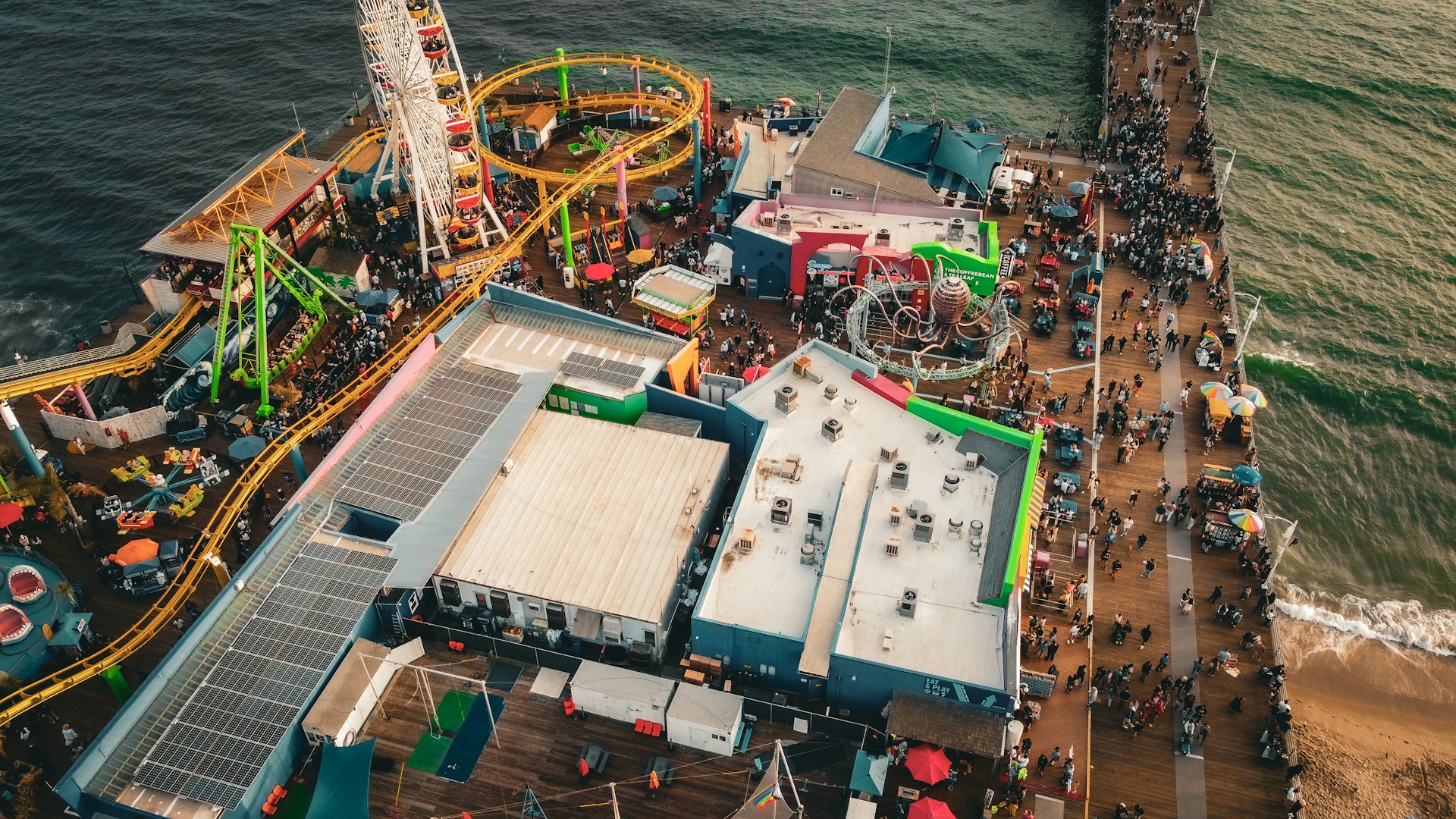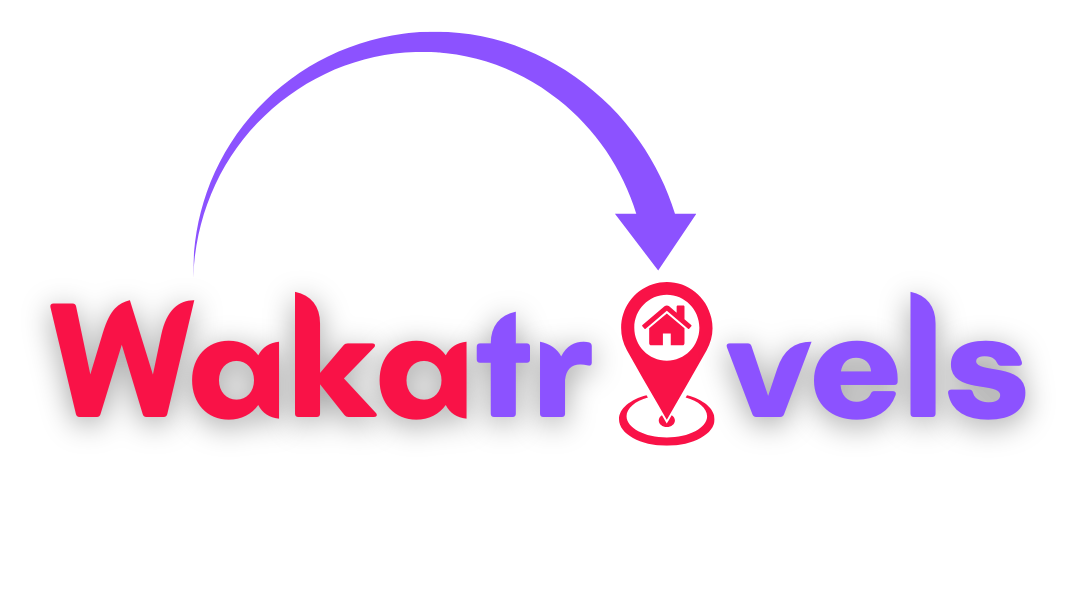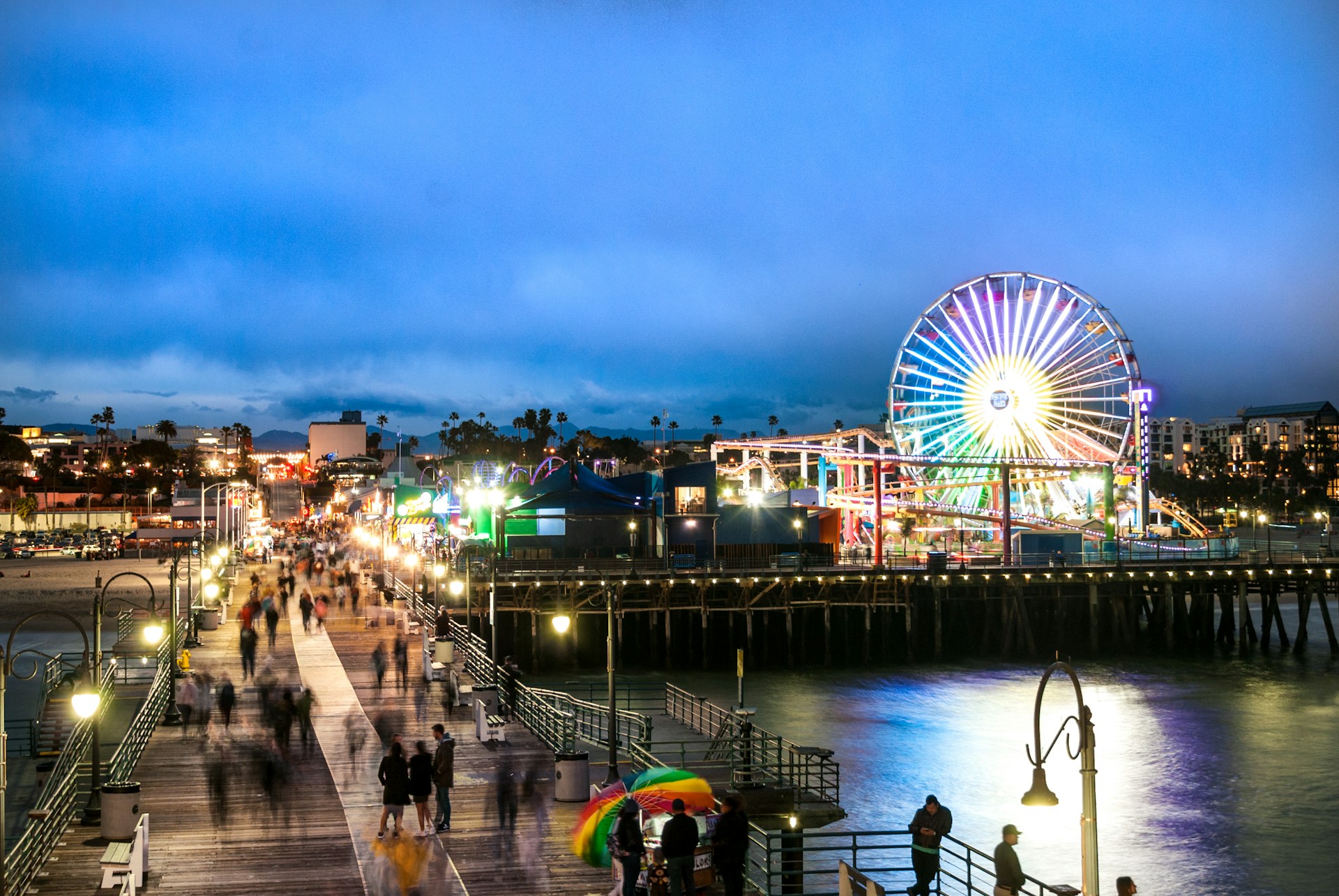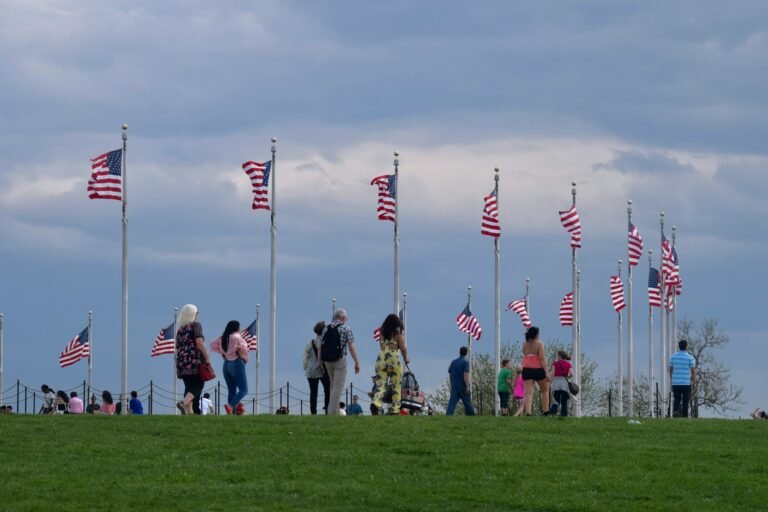The ultimate guide to creating memories that will last a lifetime—without breaking the bank or your sanity.

There’s something magical about watching your child’s eyes light up when they first step through the gates of a theme park. That moment when the roller coasters come into view, the scent of funnel cake fills the air, and the distant screams of delight create an atmosphere of pure possibility. But let’s be honest—planning these trips can feel like trying to solve a Rubik’s cube while blindfolded.
Last summer, I found myself standing in the middle of a crowded park, sweating through my carefully selected “comfortable” walking shoes, wondering if I’d made a terrible mistake. My kids were already arguing about which ride to tackle first, my husband was questioning the second mortgage we practically took out to afford the tickets, and the line for ice cream stretched longer than my patience.
But then something clicked. My 7-year-old grabbed my hand and pointed at a towering wooden coaster with pure wonder. “Can we ride that together, Mom?” And just like that, all the planning stress evaporated. Those are the moments we’re really after, aren’t they?
Whether you’re a theme park veteran or a nervous first-timer, I’ve compiled this guide to America’s most family-friendly theme parks based on personal triumphs, occasional disasters, and extensive research. These parks offer that perfect balance of attractions for all ages, decent food options that won’t require a second mortgage, and enough magic to make the inevitable meltdowns (both yours and the kids’) completely worth it.
What Makes a Theme Park Truly Family-Friendly?
Before diving into our top picks, let’s establish what actually makes a theme park worthy of your family vacation days and hard-earned dollars:
- Attraction variety: Rides and experiences for everyone from your thrill-seeking teenager to your cautious 5-year-old
- Value for money: Because nobody wants to spend college tuition prices on a single day of entertainment
- Cleanliness and safety: Parents notice these things, even if kids don’t
- Dining options: Beyond just burgers and fries (though let’s be real, you’ll probably end up eating those anyway)
- Special accommodations: For families with babies, accessibility needs, or sensory sensitivities
- Crowd management: Because nothing ruins a day faster than spending it entirely in lines
With these criteria in mind, let’s explore the cream of the crop.
1. Disney World’s Magic Kingdom – Orlando, Florida
I can practically hear the eye rolls. “How original, putting Disney first.” But there’s a reason this place has maintained its crown jewel status since 1971. Magic Kingdom remains the standard against which all other theme parks are measured, particularly for families with younger children.
My first visit was actually as a somewhat cynical adult, determined to see through the “Disney magic” marketing nonsense. Five hours later, I found myself tearfully waving at Cinderella like an overexcited 5-year-old. The place gets you, somehow.
What makes it special is how seamlessly they’ve created experiences that genuinely work for all ages. While your kindergartener is having a life-changing encounter with Elsa, your teenager can be screaming through Space Mountain, and grandparents can enjoy the nostalgia of classic attractions.
Pro tip: Use the Disney app to monitor wait times and plan your day around the parades, which magically reduce lines at popular attractions.
Worth noting: This is not a budget destination by any stretch. You’ll need to embrace the financial pain or get creative with saving strategies like visiting during off-peak times and staying off-property.
2. Universal’s Islands of Adventure – Orlando, Florida
If your family includes tweens or teens who’ve outgrown princess phases, Islands of Adventure hits the sweet spot between thrilling and accessible. The Wizarding World of Harry Potter section alone justifies the price of admission—sipping Butterbeer while wandering through Hogsmeade creates the kind of core memory that makes parents heroes.
What surprised me during our visit was how well Universal handled the inevitable Florida downpour. While other parks essentially shut down during rain, Islands of Adventure has enough indoor attractions to keep the magic going when the skies open up.
The only real drawback is that younger kids (under 42″ tall) will find some areas frustrating, as height restrictions limit their options. That said, Seuss Landing offers plenty for the littles, with its whimsical rides and zero-water-actually-touches-you water play areas.
3. Dollywood – Pigeon Forge, Tennessee
Nestled in the Smoky Mountains, Dollywood remains one of America’s most underrated theme park experiences. I’ll admit I arrived with low expectations—how good could a country music legend’s theme park really be? The answer: surprisingly excellent.
What sets Dollywood apart is its perfect blend of thrilling coasters, traditional crafts demonstrations, and musical performances that don’t make you want to plug your ears. The park’s natural setting among the mountains creates a less artificial atmosphere than many concrete jungle alternatives.
The food deserves special mention—skip the standard park fare and head straight for the cinnamon bread at the Grist Mill. I’m still dreaming about it three years later.
Family hack: If you visit in summer, bring swimsuits and plan for afternoon cooling off at Splash Country, their adjacent water park.
4. Cedar Point – Sandusky, Ohio
Known as the “Roller Coaster Capital of the World,” Cedar Point might seem like an odd choice for a family-friendly list. But hear me out—this park has undergone a remarkable transformation to accommodate families without sacrificing its thrill-seeking identity.
Camp Snoopy provides a perfect haven for younger children, while parents can take turns experiencing some of the most incredible coasters on the planet. The park’s location on a peninsula jutting into Lake Erie also provides stunning views and cool breezes that make summer visits more bearable than inland parks.
I watched my normally cautious daughter work her way up from kiddie rides to her first “big girl” coaster here, with the park’s graduated thrill levels providing perfect stepping stones for building courage.
5. Hersheypark – Hershey, Pennsylvania
Chocolate and roller coasters—has there ever been a more perfect combination? Hersheypark offers the unique experience of combining a chocolate factory tour with traditional theme park thrills. The genius of their height measurement system deserves special mention: kids are measured once and given a candy-themed wristband (Hershey Kisses, Reese’s Cups, etc.) that clearly indicates which rides they can enjoy.
This simple innovation eliminates the frustration of reaching the front of a line only to discover your child is half an inch too short. Parents of multiple kids, you know exactly what I’m talking about.
The water park section integrated within the main park is another huge plus—no separate tickets required. When the Pennsylvania summer humidity hits, having splash zones and water slides accessible without leaving the park is a lifesaver.
6. Legoland California – Carlsbad, California
For families with children under 12, Legoland hits a sweet spot that few other parks achieve. Everything is designed with younger visitors in mind, from the gentle coasters to the interactive attractions where kids can actually build with Legos.
What makes Legoland special is how it encourages creativity alongside the usual passive entertainment. My normally shy son spent almost an hour in the Build and Test Center, completely engaged in creating and racing Lego cars down ramps with other kids.
The Miniland USA section, with its incredible Lego recreations of famous American landmarks, appeals to adults while giving kids the challenge of spotting hidden details within the scenes.
Worth noting: If your family consists only of teenagers, this might feel too tame. But for the elementary school crowd, it’s absolute paradise.
7. Busch Gardens Williamsburg – Williamsburg, Virginia
European-themed areas with immersive architecture and landscaping set Busch Gardens Williamsburg apart from more generic park experiences. The attention to detail creates an atmosphere that feels like you’re getting a theme park and cultural experience in one—the Germany section actually feels like a charming Bavarian village (if Bavarian villages had roller coasters, that is).
What impressed me most was the quality of live entertainment. While many parks offer shows that feel like afterthoughts, Busch Gardens features Broadway-caliber performances that provide perfect breaks between rides.
The proximity to Colonial Williamsburg also makes this an ideal part of an educational family vacation that doesn’t feel educational to the kids.
8. Silver Dollar City – Branson, Missouri
In an era of increasingly corporate theme park experiences, Silver Dollar City maintains a refreshing authenticity. Built around a theme of 1880s Ozark culture, the park features actual craftspeople demonstrating traditional skills like glassblowing, blacksmithing, and candy making.
Don’t let the historical theme fool you—their roller coaster collection rivals major parks, with Time Traveler (the world’s fastest, steepest, and tallest spinning coaster) providing thrills that even coaster enthusiasts travel to experience.
What makes this park especially family-friendly is its natural shade. Unlike many baking concrete parks, Silver Dollar City was built within an actual forest, with trees preserved throughout the property. On a sweltering Missouri summer day, that shade is worth its weight in, well, silver dollars.
9. Knott’s Berry Farm – Buena Park, California
Often overshadowed by its flashier neighbor Disneyland, Knott’s Berry Farm offers a more affordable alternative that doesn’t skimp on fun. What began as an actual berry farm has evolved into a delightful mix of thrilling rides and Western theming that creates a unique experience.
The Camp Snoopy area for younger children is particularly well-designed, with attractions that parents and kids can enjoy together. And unlike many theme parks where food is an afterthought, Knott’s famous fried chicken dinner restaurant remains worth the visit alone.
Parent hack: If you need a quieter moment, the Bird Cage Theatre offers indoor shows that provide a perfect respite from sensory overload.
10. Sesame Place – Langhorne, Pennsylvania
For families with children under 7, Sesame Place offers a perfectly sized introduction to theme parks without the overwhelming nature of larger destinations. Every attraction is designed with little ones in mind, and the character interactions are among the most genuine I’ve seen.
What makes this park special is how it provides training wheels for future theme park experiences. Kids can learn how to wait in (shorter) lines, navigate a park environment, and experience gentle thrills that build confidence for bigger adventures later.
The park has also made impressive strides in accommodating children with autism and sensory processing issues, becoming the world’s first Certified Autism Center theme park. Their quieter spaces and trained staff make this an inclusive experience for families who might find typical theme parks challenging.
Planning Your Theme Park Adventure: Survival Tips
Having survived numerous theme park adventures with kids of various ages, here are some hard-earned tips:
- Set expectations early: Have a family meeting before your trip to discuss priorities, non-negotiables, and budget for extras like games and souvenirs.
- Pack strategically: Bring refillable water bottles, snacks that won’t melt, portable phone chargers, and more Band-Aids than you think you’ll need.
- Consider the shoulder seasons: September (after Labor Day) and early May offer significantly smaller crowds with generally decent weather.
- Plan around hunger: Nothing triggers family meltdowns faster than hunger. Schedule meal times and know where you’ll be eating before everyone gets hangry.
- Build in breaks: Even the most enthusiastic park-goers need downtime. Plan for afternoon rest periods, especially with younger children.
- Use rider switch services: Most major parks allow parents to take turns on adult rides without waiting in line twice.
- Capture memories mindfully: While photos are important, don’t experience the entire day through your phone screen.
The Real Value of Theme Park Visits
Between the astronomical ticket prices, $7 bottles of water, and inevitable gift shop tantrums, you might wonder if these elaborate parks are worth the investment. But here’s what I’ve discovered after years of theme park trips: the value isn’t in the temporary thrills or overpriced souvenirs.
It’s in watching your normally cautious child gather the courage to try their first “big kid” ride. It’s in the rare sight of your teenager actually wanting to hang out with the family, momentarily forgetting they’re supposed to be too cool for fun. It’s in creating a shared experience that becomes family shorthand for years to come—”Remember when Dad got soaked on that water ride and had to walk around in squelching shoes all day?”
These parks, with all their commercial trappings, still create spaces where families put down their devices, experience things together, and navigate challenges as a unit. In our increasingly disconnected world, that might be the most valuable souvenir of all.
Frequently Asked Questions
What is the best age to take kids to their first theme park? Around 4-5 years is ideal for first visits, when children are tall enough for some attractions but young enough to be enchanted by the experience. That said, each child is different—some 3-year-olds might be ready while some 6-year-olds might be overwhelmed.
How can I save money on theme park tickets? Purchase tickets online in advance, look for multi-day discounts, visit during off-peak seasons, and check for special promotions through credit cards, employers, or organizations like AAA.
Which theme parks are best for toddlers and preschoolers? Sesame Place, Legoland, and Disney’s Magic Kingdom offer the most attractions without height restrictions.
Are theme park meal plans worth the money? It depends on your eating habits. If your family are big eaters who plan to have multiple meals in the park, they can provide value. If you’re snackers or plan to bring food in, probably not.
What should I pack in my theme park day bag? Essentials include sunscreen, refillable water bottles, portable phone charger, hand sanitizer, pain reliever, bandages, weather-appropriate gear (ponchos/hats), and small snacks.
Which parks have the best accommodations for children with special needs? Disney parks, Universal, and Sesame Place offer the most comprehensive accommodations for guests with mobility, visual, hearing, and cognitive disabilities.
How much walking should we expect at these parks? The average visitor walks 7-10 miles in a full day at larger parks like Disney World or Universal. Smaller parks like Sesame Place might involve 3-5 miles.
Are fast passes or line-skipping options worth the additional cost? For visits during peak seasons (summer, holidays), absolutely. During quieter periods, you might not need them.
What are the best theme parks for teenagers who want thrills? Cedar Point, Six Flags parks, and Universal’s Islands of Adventure offer the most intense thrill rides.
How can I avoid the longest lines at popular theme parks? Visit on weekdays, arrive early (before opening), use single-rider lines when appropriate, and consider visiting during shoulder seasons (late April/early May or September/October).
Top Theme Park Resources and Booking Links
- Walt Disney World – Official Website The gold standard for family entertainment with four theme parks and two water parks.
- Universal Orlando Resort – Official Website Home to the Wizarding World of Harry Potter and innovative thrill rides.
- Dollywood – Official Website Authentic Smoky Mountain charm combined with world-class coasters and entertainment.
- Cedar Point – Official Website The roller coaster capital offering high thrills and Camp Snoopy for younger visitors.
- Hersheypark – Official Website Chocolate-themed fun with a great variety of rides for all ages.
- Legoland California – Official Website Perfect for families with children ages 2-12 with hands-on building experiences.
- Busch Gardens Williamsburg – Official Website European-themed park with excellent landscaping and quality entertainment.
- Silver Dollar City – Official Website 1880s-themed park with traditional crafts and modern thrills.
- Knott’s Berry Farm – Official Website Historic theme park offering affordable thrills and famous chicken dinners.
- Sesame Place – Official Website The perfect first theme park experience for families with young children.
- Undercover Tourist – Website Reliable discount ticket source for many major parks.
- TouringPlans – Website Detailed crowd calendars and optimized itineraries for minimal waiting.
- Theme Park Insider – Website Up-to-date reviews and tips from theme park enthusiasts.
- Expedia Theme Park Packages – Website Bundle tickets with flights and hotels for potential savings.
- GetYourGuide – Website Alternative ticket source with occasional flash sales and skip-the-line options.






